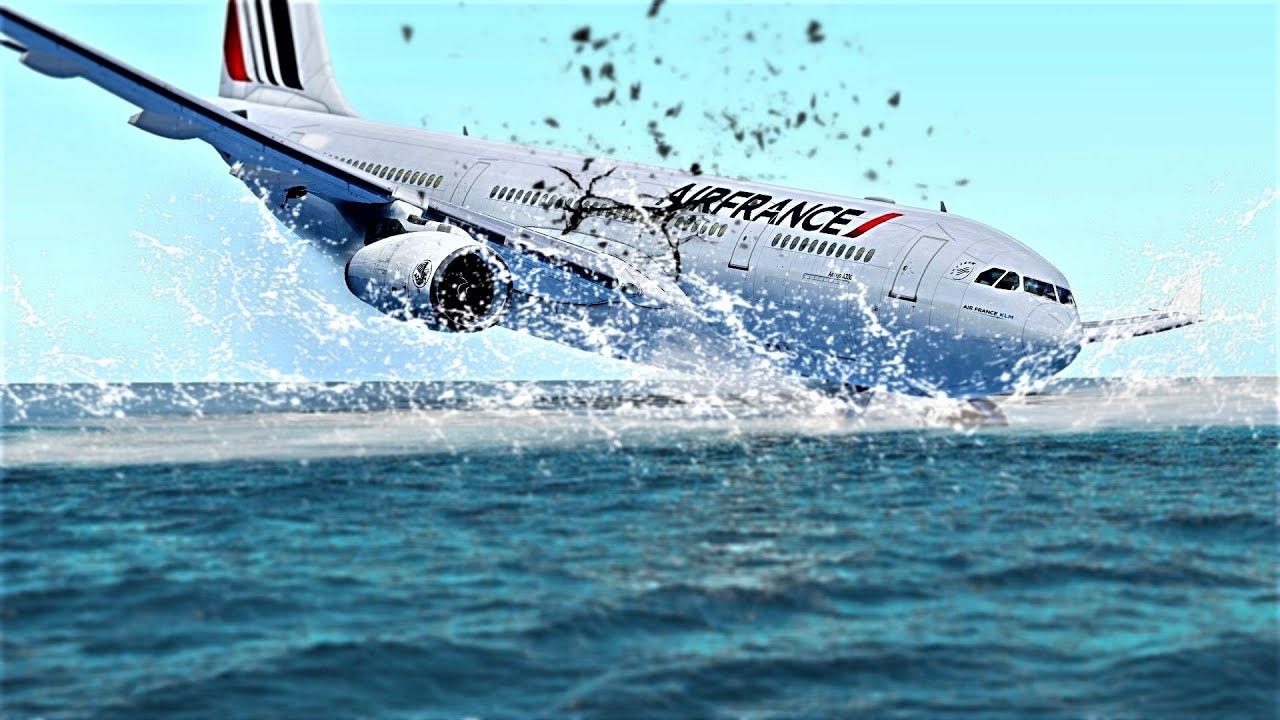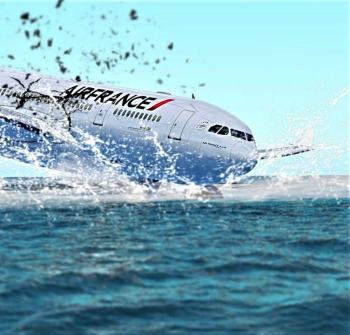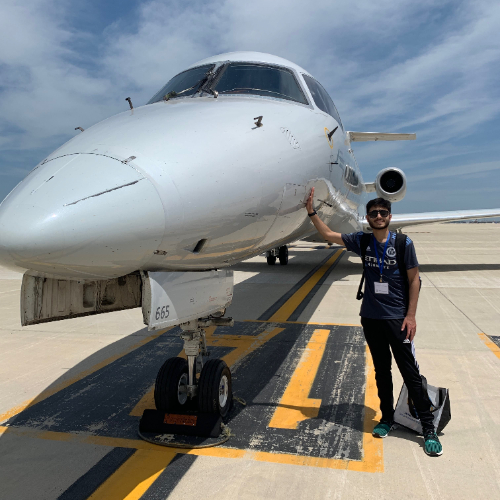You might think that the most dangerous or fatal cause behind aviation accidents would be weather or mechanical-related events. However, this is not the case.
Today, we will discuss the concept of spatial disorientation, the most fatal cause of aviation accidents.
What is it?
Spatial disorientation is the inability to determine position or relative motion that occurs during periods of challenging visibility, which makes sense as vision is the dominant sense behind orientation.
During periods of challenging visibility, the auditory, vestibular, and proprioceptive systems can struggle to coordinate movement with balance and contribute to illusory nonvisual sensations, resulting in spatial disorientation without solid visual cues.

When flying an aircraft, spatial disorientation can result in improper altitude perception. Proper altitude recognition is always critical, but doing so becomes challenging at night or in poor weather. With this in mind, spatial disorientation occurring in reduced visibility situations is why this phenomenon has led to many fatal aviation accidents.
To calm the nerves, spatial orientation tends to be challenging to achieve in flight as numerous sensory stimuli vary in magnitude, direction, and frequency.
The visual sense is considered the most significant contributor to orientation, as when you look at something, you judge based only on what you see.
During times of low visibility, this can explain why pilots, based on their limited visibility, can misinterpret metrics like speed and altitude and ultimately find themselves in dangerous scenarios.

A Key Contributor
Statistics have shown that 5-10% of all general aviation accidents can be attributed to spatial disorientation. To show how dangerous this phenomenon can be, 90% of those accidents were fatal.
In 2007, Dr David G. Newman, a consultant in aviation medicine, conducted a study published by the Australian Transport Safety Bureau (ATSB). This study was concerned with the prevalence of spatial disorientation incidents, and it concluded that:
“If a pilot flies long enough...there is no chance that he/she will escape experiencing at least one episode of spatial disorientation. Looked at another way, pilots can be considered to be in one of two groups; those who have been disorientated, and those who will be.”
Understandably, regulators are aware of spatial disorientation and its hazards. Back in 1965, the United States Federal Aviation Administration (FAA), back then called the "Federal Aviation Agency", issued Advisory Circular (AC) 60-4. This advisory warned pilots about the hazards of spatial disorientation, which may result from operations under visual flight rules (VFR) in conditions of marginal visibility.

This advisory saw a new version being issued in 1983 called AC 60-4A. This update defined spatial disorientation as "the inability to tell which way is 'up'". That's as simple as it gets. Many notable commercial aviation incidents have occurred because of spatial disorientation. Spatial disorientation was sometimes combined with other factors that led to the crashes.
One such example was Air France Flight 447 in 2007. Ice crystals formed on the Airbus A330's pitot tubes, resulting in erroneous airspeed measurements and ultimately causing the autopilot to disconnect. The pilots began reacting incorrectly to the abnormality, and when the aircraft entered a stall, they failed to save the plane from it, leading to the A330 crashing into the Atlantic Ocean.
In more recent years, the incidents of Flydubai Flight 981, Atlas Air Flight 3591, and the 2020 Calabasas helicopter crash involving Kobe Bryant were all attributed to spatial disorientation.
Passengers Encounter Bedbug Infestation on Multiple Turkish Airlines Flights » Could You Survive a Plane Crash? The Unlikely Science of Plane Crash Survival » Emirates Dismisses Viral A330 Plane Crash Video as "Fabricated and Untrue" »
Comments (0)
Add Your Comment
SHARE
TAGS
INFORMATIONAL air crashesspatial disorientationaviation incidentsRECENTLY PUBLISHED
 Could You Survive a Plane Crash? The Unlikely Science of Plane Crash Survival
With air travel consistently being heralded as the safest form of public transport, most of us do not board a plane pondering our chances of survival in the event of a crash. But, is it possible to survive one?
INFORMATIONAL
READ MORE »
Could You Survive a Plane Crash? The Unlikely Science of Plane Crash Survival
With air travel consistently being heralded as the safest form of public transport, most of us do not board a plane pondering our chances of survival in the event of a crash. But, is it possible to survive one?
INFORMATIONAL
READ MORE »
 Maldivian Airlines Introduces First-Ever Widebody Aircraft, Plans New China Flights
Maldivian, the government-owned national airline of the Maldives, has just welcomed its first-ever wide body aircraft: the Airbus A330-200. With the new aircraft, the carrier also plans brand-new long haul international flights to China.
NEWS
READ MORE »
Maldivian Airlines Introduces First-Ever Widebody Aircraft, Plans New China Flights
Maldivian, the government-owned national airline of the Maldives, has just welcomed its first-ever wide body aircraft: the Airbus A330-200. With the new aircraft, the carrier also plans brand-new long haul international flights to China.
NEWS
READ MORE »
 Thousands of Flights Impacted as Winter Storm Blair Hits U.S.
Winter Storm Blair has unleashed a huge blast of snow, ice, and freezing temperatures across the Central and Eastern United States.
As of Sunday afternoon, over 6,700 flights and counting have been disrupted. This includes cancelations and significant delays leaving passengers scrambling to change flights and adjust travel plans.
NEWS
READ MORE »
Thousands of Flights Impacted as Winter Storm Blair Hits U.S.
Winter Storm Blair has unleashed a huge blast of snow, ice, and freezing temperatures across the Central and Eastern United States.
As of Sunday afternoon, over 6,700 flights and counting have been disrupted. This includes cancelations and significant delays leaving passengers scrambling to change flights and adjust travel plans.
NEWS
READ MORE »





